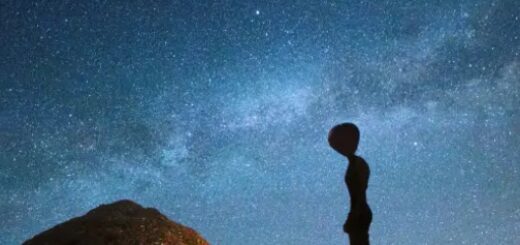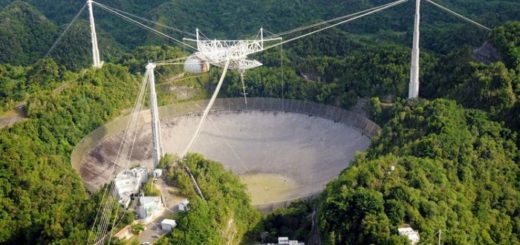Sunrise adds more magic to solar eclipse

The giant crescent of the sun rising during the partial solar eclipse today, June 10, photographed by Samuel Smith from Middletown, Delaware, the U.S.. Observers on the U.S. West Coast couldn’t see the full annular eclipse, a type of eclipse that occurs when the moon is too far away from Earth and doesn’t cover the solar disk completely, leaving a “ring of fire” around as it passes in front of the sun.
Still, the combination of the partial eclipse and the sunrise (the eclipse peaked at about 6:14 AM Eastern Day Time) provided spectacular opportunities for skilled photographers. In some places, however, cloudy weather complicated or even ruined the event. — Tereza Pultarova
Juno’s first close-ups of Jupiter’s moon Ganymede
The first close-up image of Jupiter’s moon Ganymede captured by NASA’s Juno spacecraft.
Wednesday, June 9, 2021: Jupiter’s moon Ganymede, the largest moon in the solar system, can be seen in one of the first close-up images captured by the Juno space probe during its closest flyby at the moon to date. Surface features including craters and terrain discolorations along tectonic faults can be seen in the images captured on Monday, June 7, by Juno’s JunoCam camera. During the flyby, Juno was about 645 miles (1,038 kilometers) from Ganymede’s surface, the closest any spacecraft has been since the Galileo mission in the early 2000s.
NASA released this preliminary image taken through JunoCam’s green filter on Tuesday, June 8, one day after the closest approach. Juno scientists will now process the images, stitching together the three images taken separately through the camera’s green, read and blue filters. — Tereza Pultarova



 Creators of mankind
Creators of mankind Description of “Tall white aliens”
Description of “Tall white aliens” Where they came from?
Where they came from? About hostile civilizations
About hostile civilizations The war for the Earth
The war for the Earth “Tall white aliens” about eternal life
“Tall white aliens” about eternal life Video: “Nordic aliens”
Video: “Nordic aliens” Aliens
Aliens Alien encounters
Alien encounters The aliens base
The aliens base UFO
UFO Technology UFO
Technology UFO Underground civilization
Underground civilization Ancient alien artifacts
Ancient alien artifacts Military and UFO
Military and UFO Mysteries and hypotheses
Mysteries and hypotheses Scientific facts
Scientific facts


















